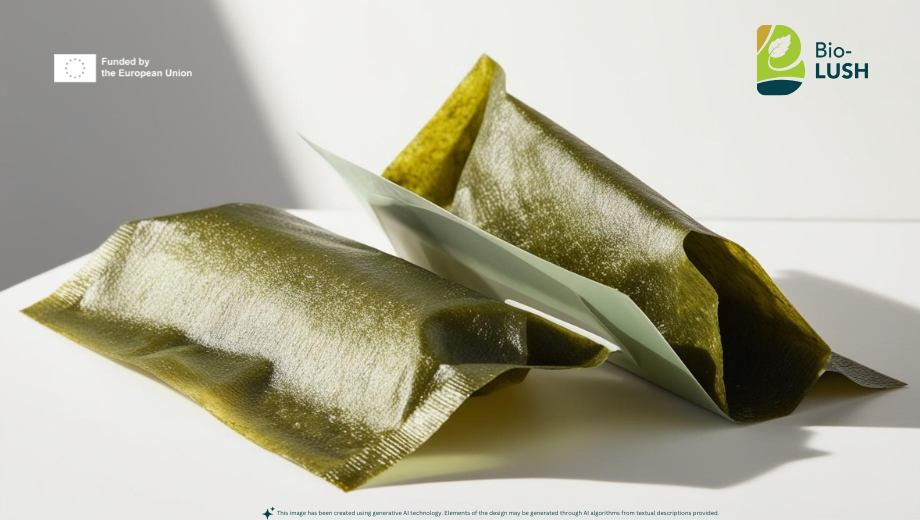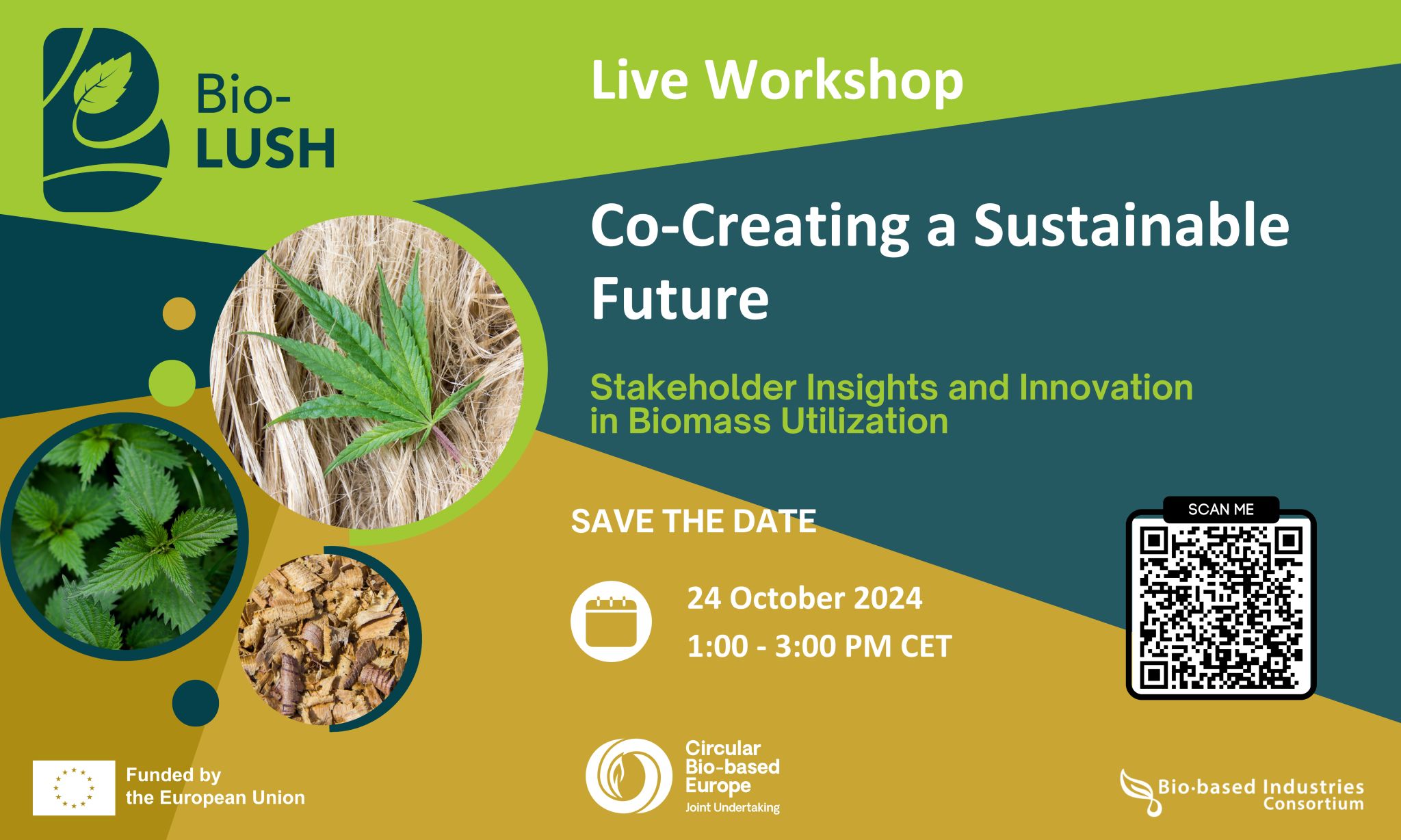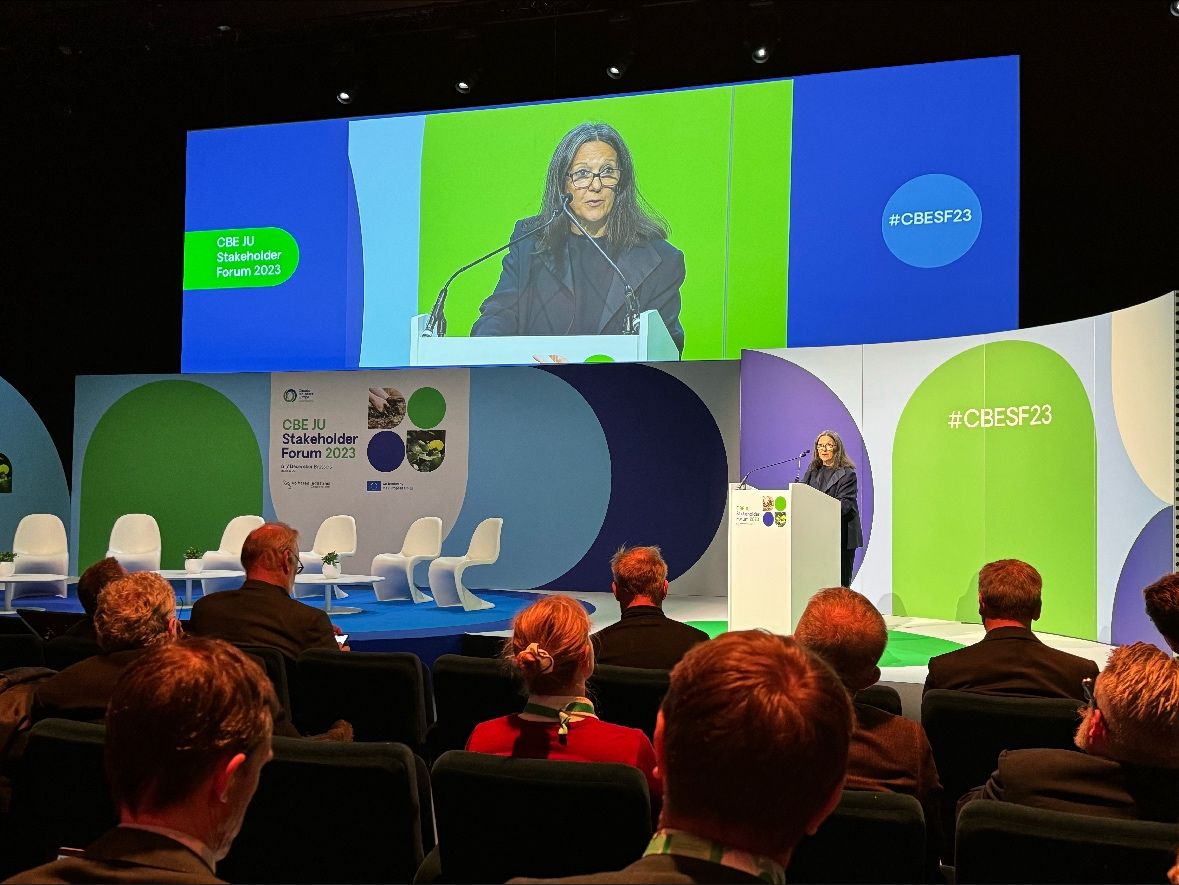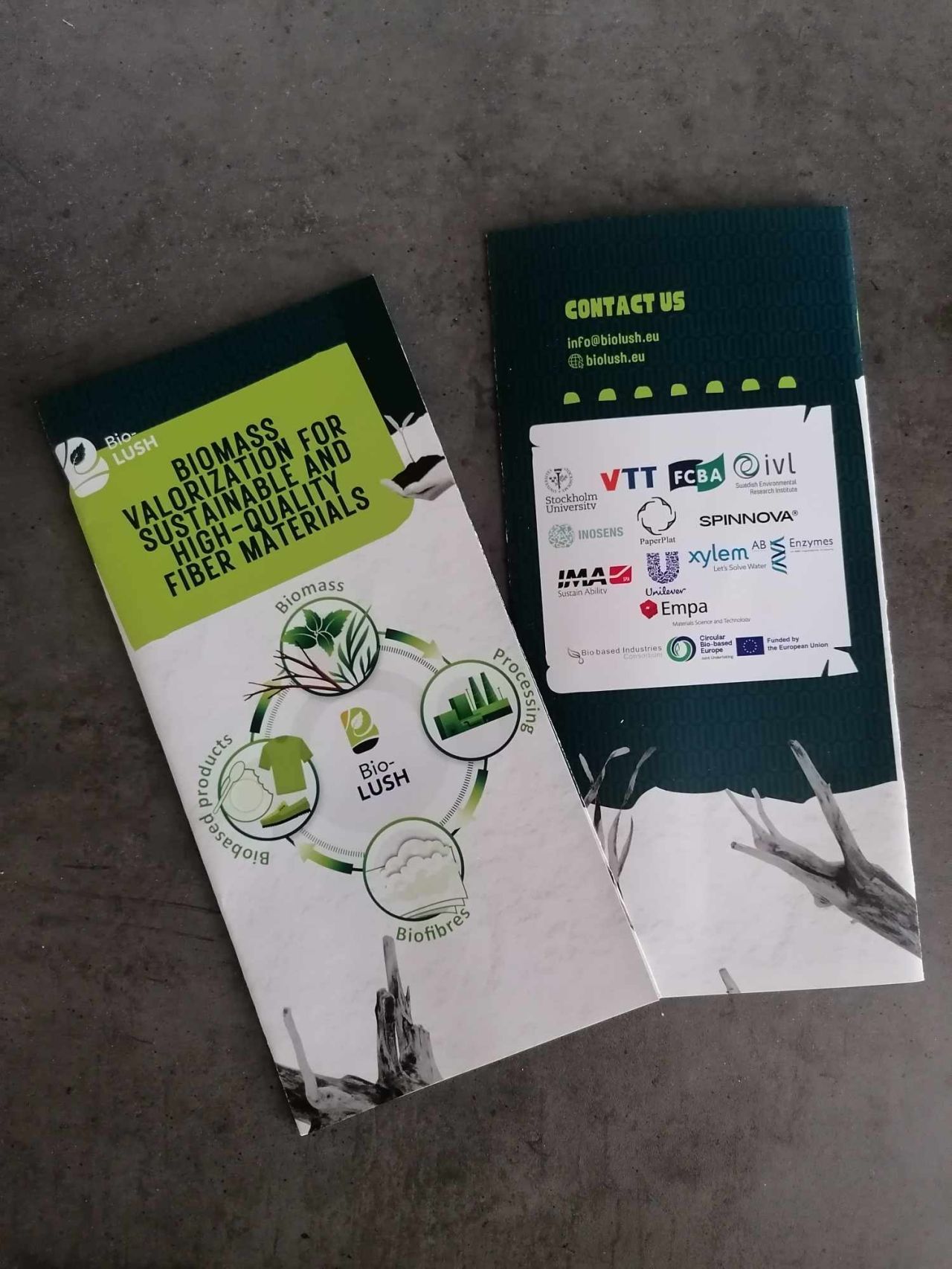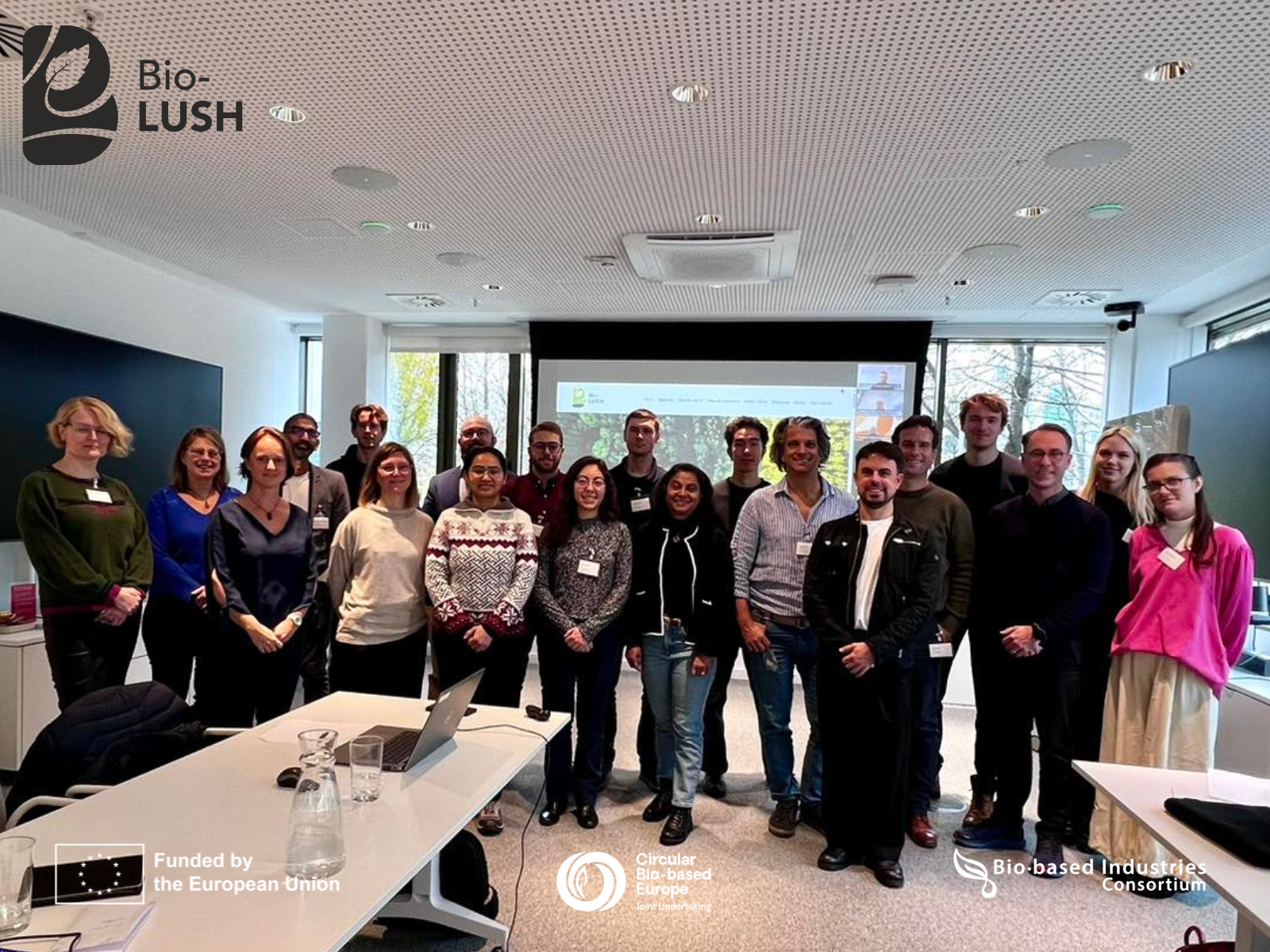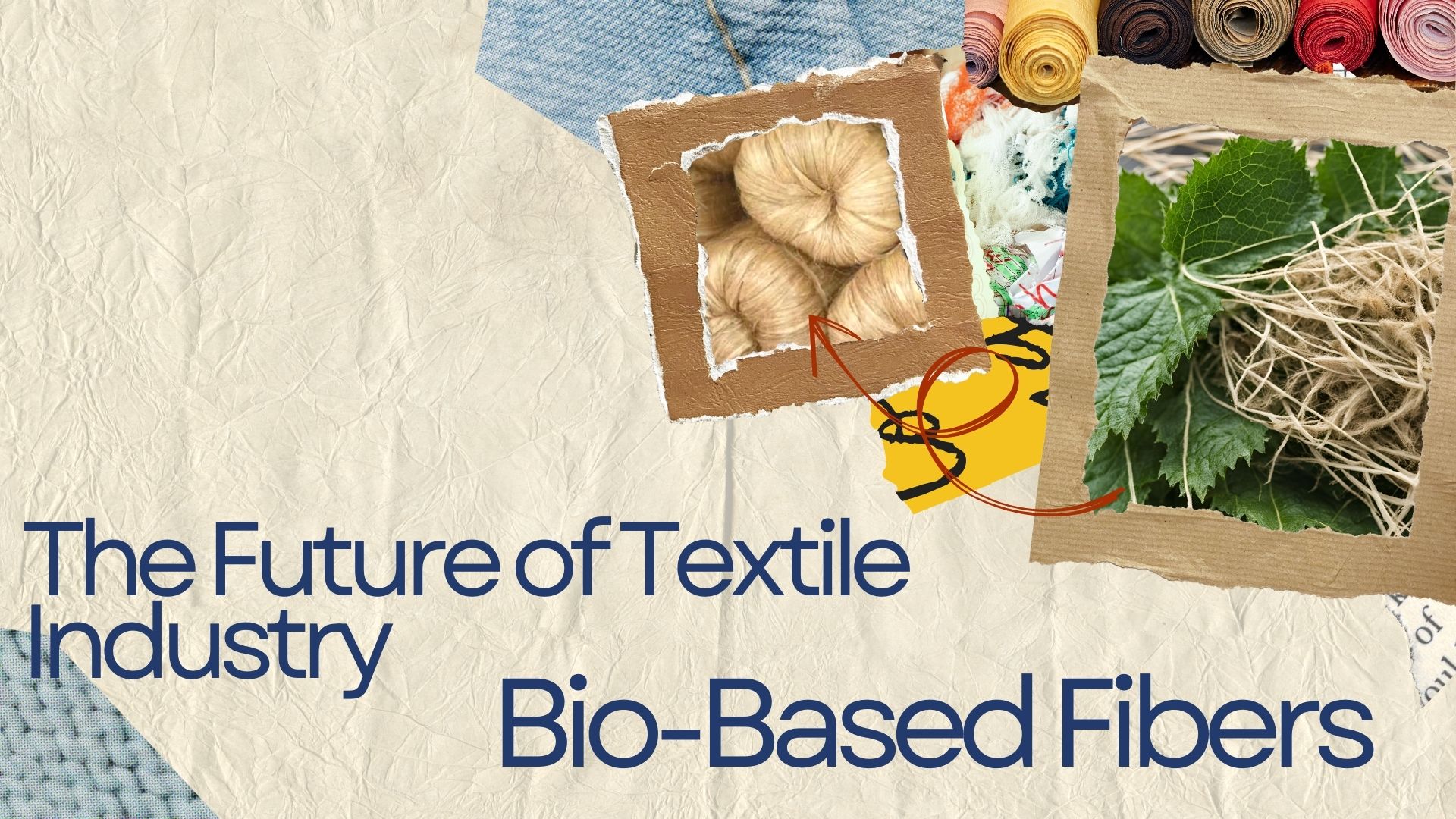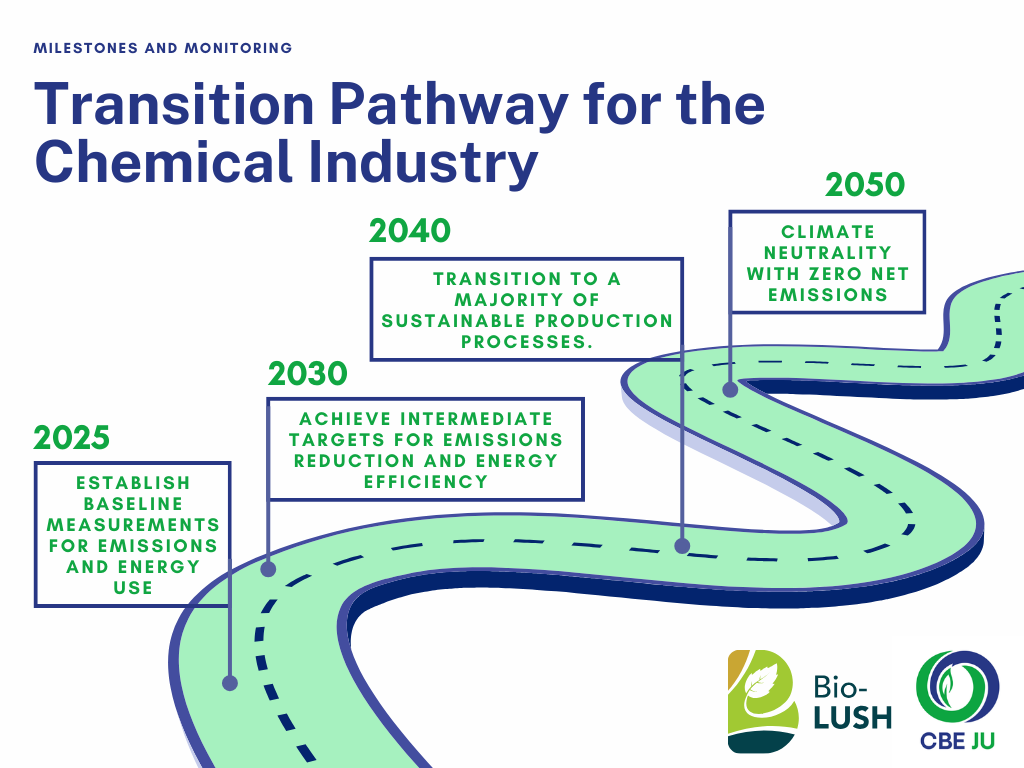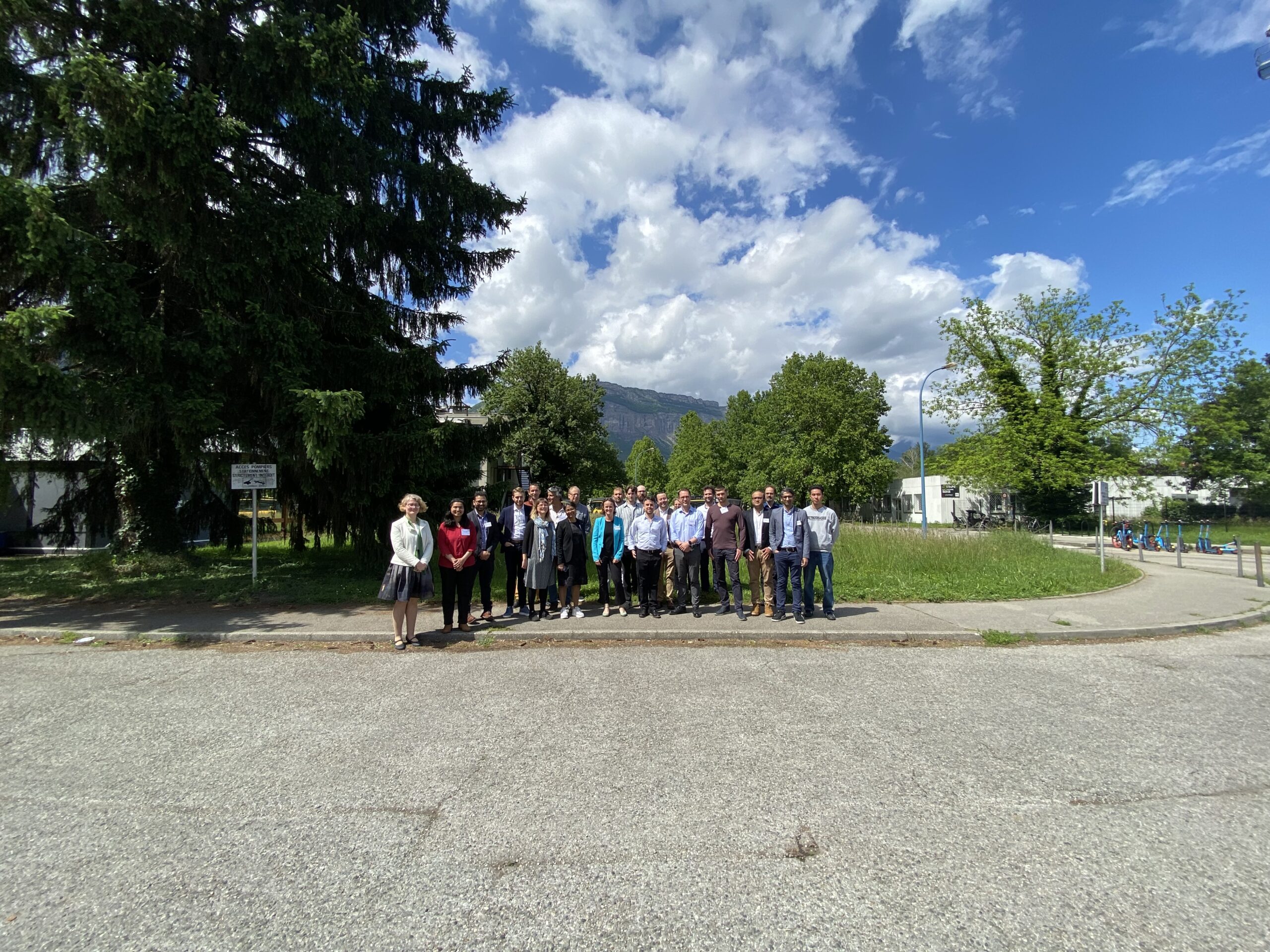Did you know that it takes 10,000 litres of water to produce one kilogram of cotton? On the other hand, making one kilogram of biofibre from hemp requires 757 litres of water. Bio-LUSH project uses hemp, nettle and seagrass to produce innovative and safe biofibres for the textile, automotive and paper industries.
If you have ever thought about the importance of sustainable and safe production, keep on reading the blog to learn more about how we can shape biofibrous future.
Biofibrous Materials: The Materials of the Future
Traditional materials, such as plastics, metals, and concrete, are made from non-renewable resources, such as petroleum, coal, and minerals. The extraction and processing of these resources can have a significant environmental impact, including deforestation, water pollution, waste generation, etc.
Biofibrous materials, on the other hand, are made from renewable resources, such as plants, animals, and microorganisms. These materials can be processed with less energy and fewer emissions, which can help to reduce the environmental impact of materials production. For example, biofibre textiles can be recycled into new textiles or used to make other products, such as insulation. Biopolymers can also be recycled or composted.
In Bio-LUSH, scientists will use renewable resources such as hemp, nettle and seagrass which are nowadays recognized as underutilized raw materials. By using biofibrous materials, this project will have a direct impact on the environment and it will create a full cycle of production with low waste residues and as mentioned above, incredibly lower water usage.
The Biocompatibility of Biofibrous Materials
There are a variety of negative effects from the production of traditional materials. Some of them are well-known, such as toxicity, fire hazard and allergic reactions. From this, we particularly emphasize the term “biocompatibility”.
Biocompatibility is the most commonly used term to describe appropriate biological requirements of a biomaterial or biomaterials. Those materials are tested on cytotoxicity, sensitization, and irritation and it is crucial to pass all of the three standards.
Biofibrous materials can offer a number of health and safety advantages over traditional materials. For example, biofibre textiles can be used to make clothing that is comfortable and breathable. Biopolymers can be used to make biodegradable plastics that can be safely disposed of.
As the research and development of biofibrous materials continue, the Bio-LUSH project will aim to promote the benefits of biobased products.
A Step Towards a Circular Biofibrous Future
Gathering stakeholders around the Bio-LUSH team and incorporating scientific results directly into the biobased industry, the team is creating fruitful surroundings for further cooperation and market expansion. Following the principles of sustainable development and the Bio-LUSH project is a promising step towards a more sustainable and circular biofibrous future.
If you are interested in learning more about the project or getting involved, explore our website. Also, follow Bio-LUSH on social media to stay up-to-date on its progress.

